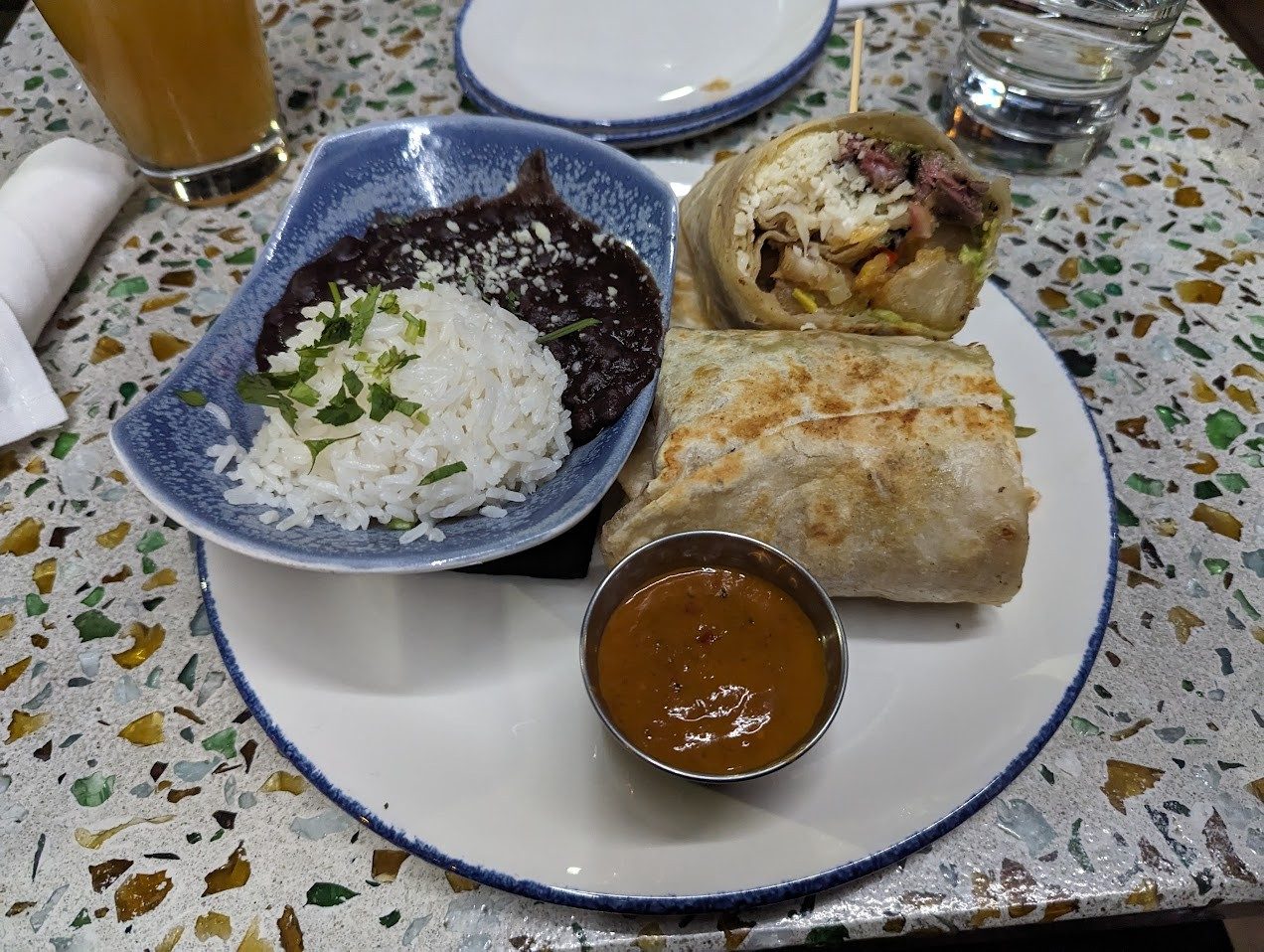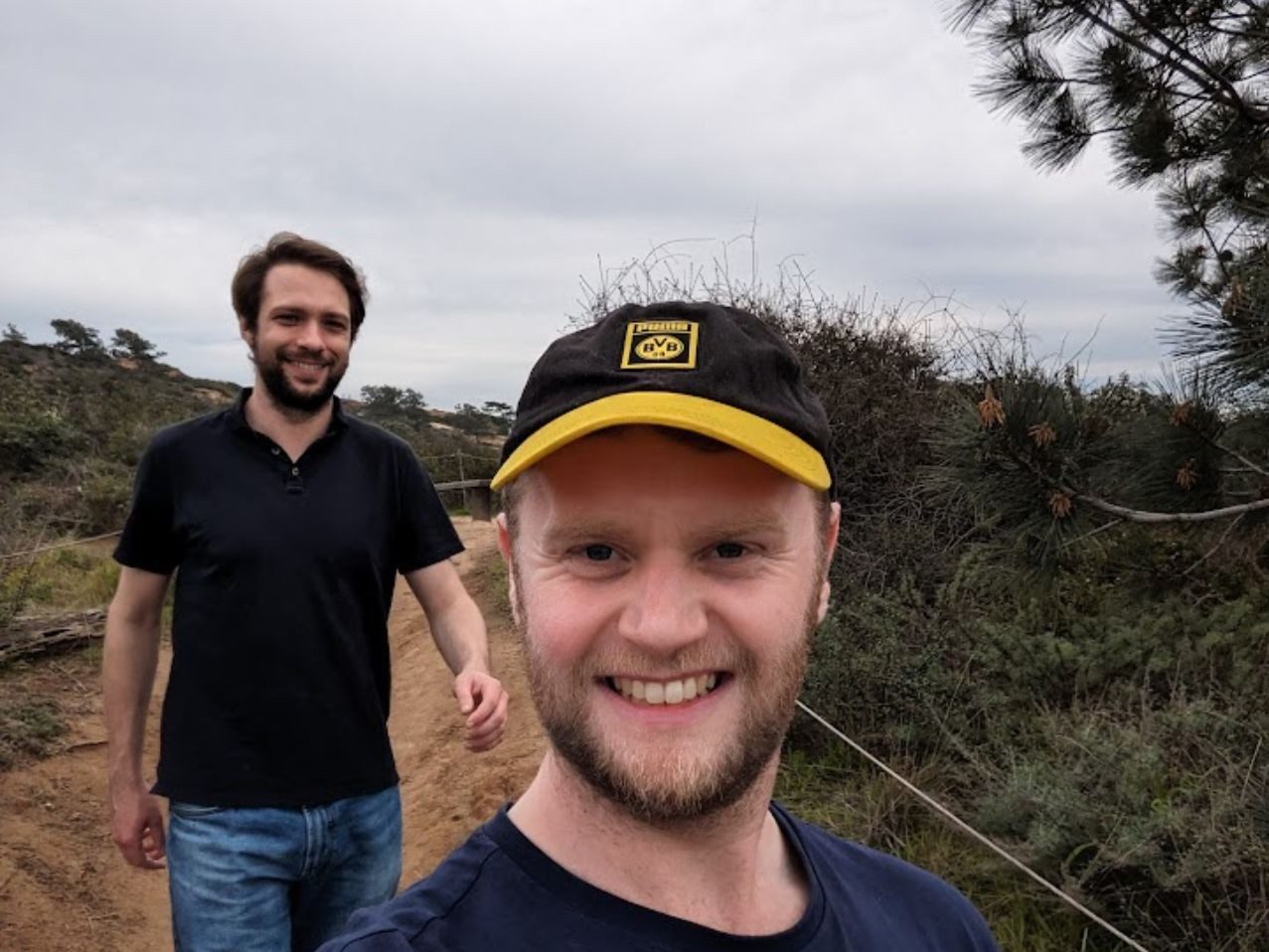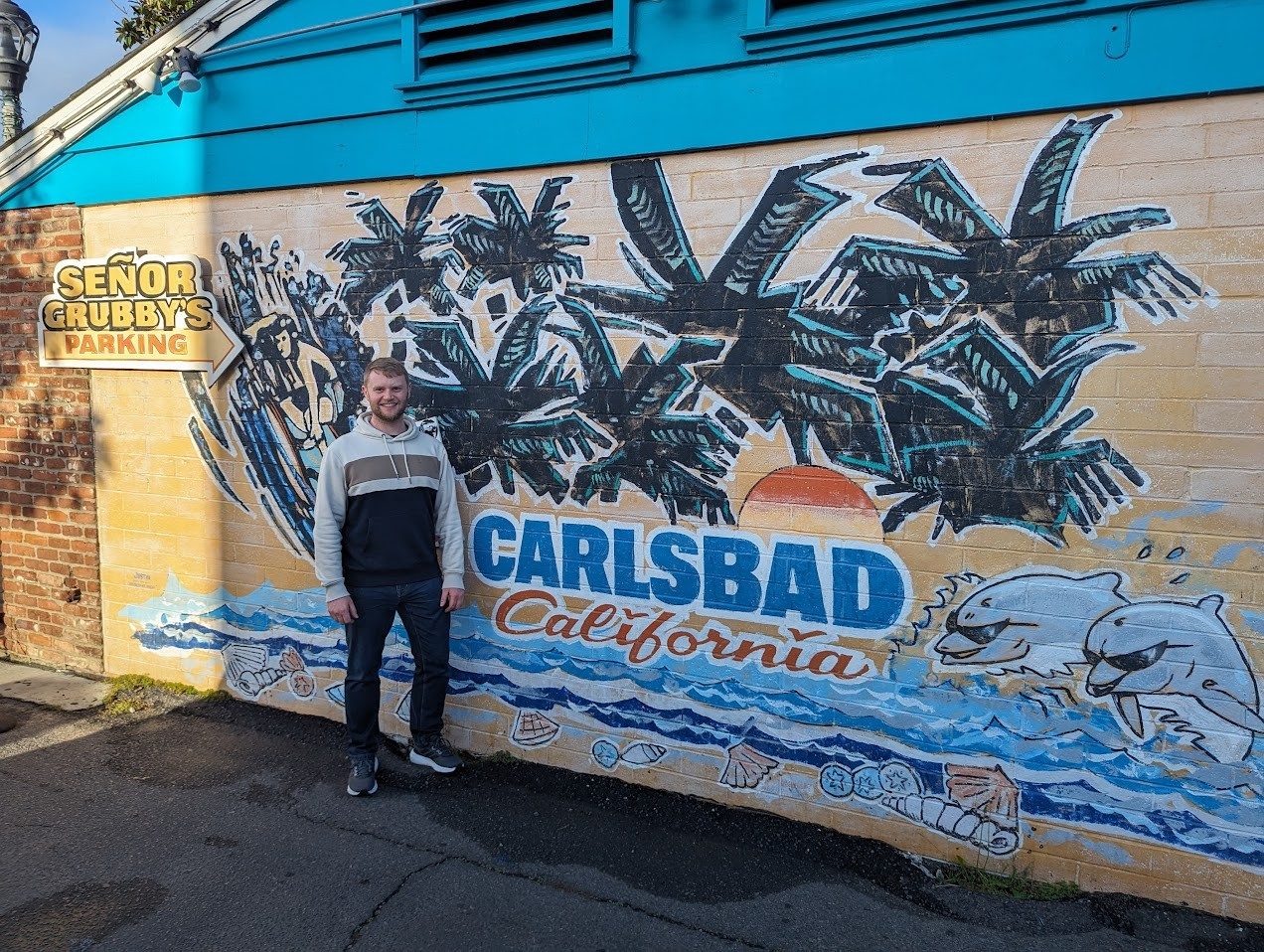Life at Lockheed Martin: Diary of an Engineer - 30 Days in California, USA
Anthony (Ant), Senior Engineer for SkyKeeper, Lockheed Martin UK’s designed and developed Ground Based Air Defence Command and Control system, shares his “once in a lifetime” experience of being deployed to the most significant, international technology experimentation event – Project Convergence (PC), Capstone 24.
Arrival
To say I was excited when we touched down at San Diego International Airport for a month-long stint in the United States would be an understatement—I felt privileged to have been selected alongside my fellow engineer, Dan, to support our British Army customer in demonstrating a newly upgraded LEAPP (Land Environment Air Picture Provision) capability at Project Convergence Capstone 4.
We arrived and immediately acclimatised into American life by jumping into a massive Dodge Durango and set off on the Interstate. As California was going to be ‘home’ for the next few weeks, there was no living out of a suitcase—we had booked into a little place which was all but a beach house—it was merely a two minute walk away from the Pacific coastline!
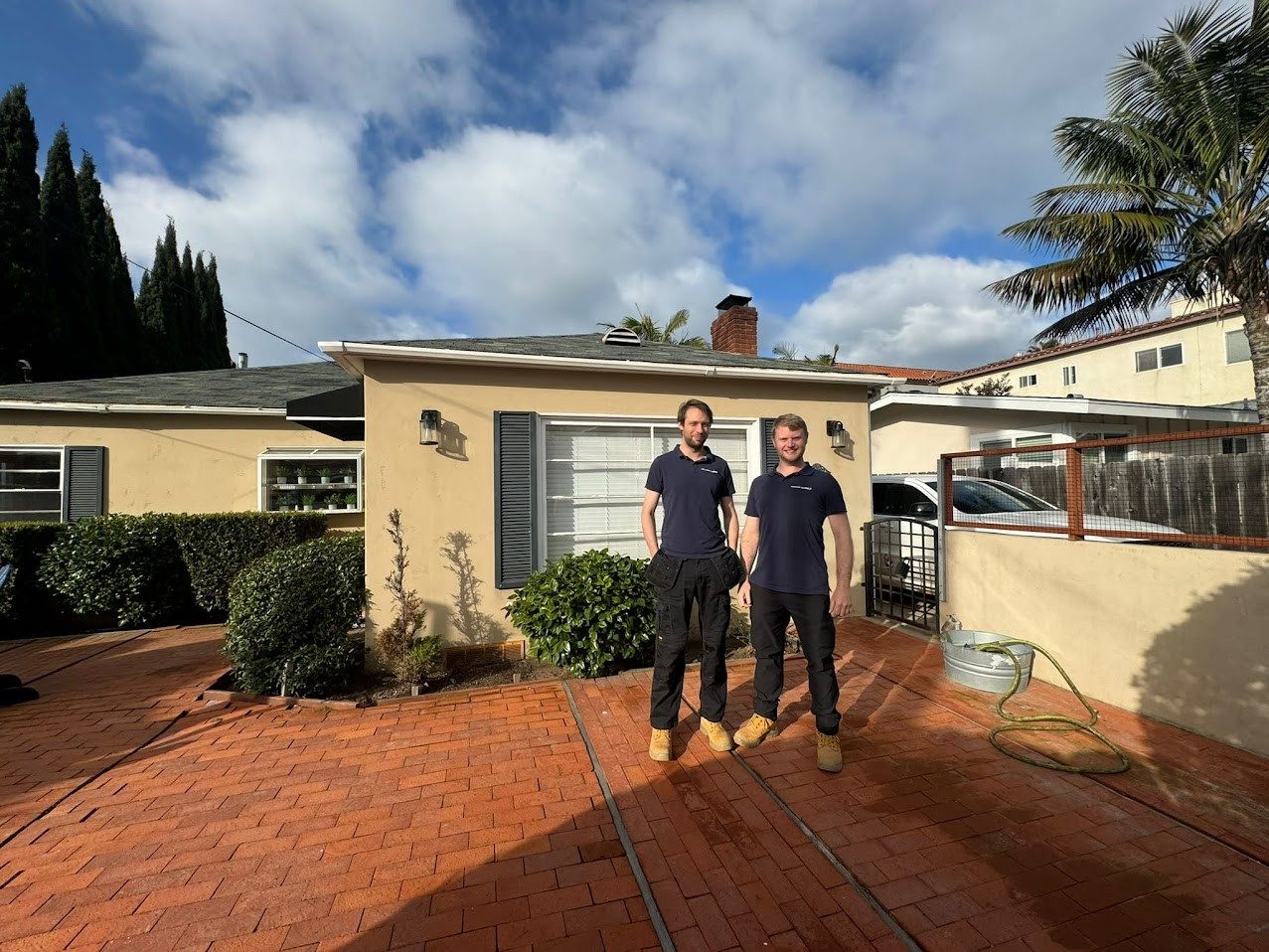
Week One
Dan and I had planned to arrive ahead of time over the weekend so we could accustom ourselves to our surroundings, shake off the jetlag, and explore the local area to immerse ourselves ready for American work-life.
We arrived in great timing. The weekend was the Super Bowl LVII. U.S. culture at its best! I watch the Super Bowl every year with a group of friends at home, but watching the game in the U.S. was worlds apart – for one, it was still daylight rather than having to stay up until deep into the early hours of the morning in the UK. There were unlimited nachos, and tacos were a very welcomed change!
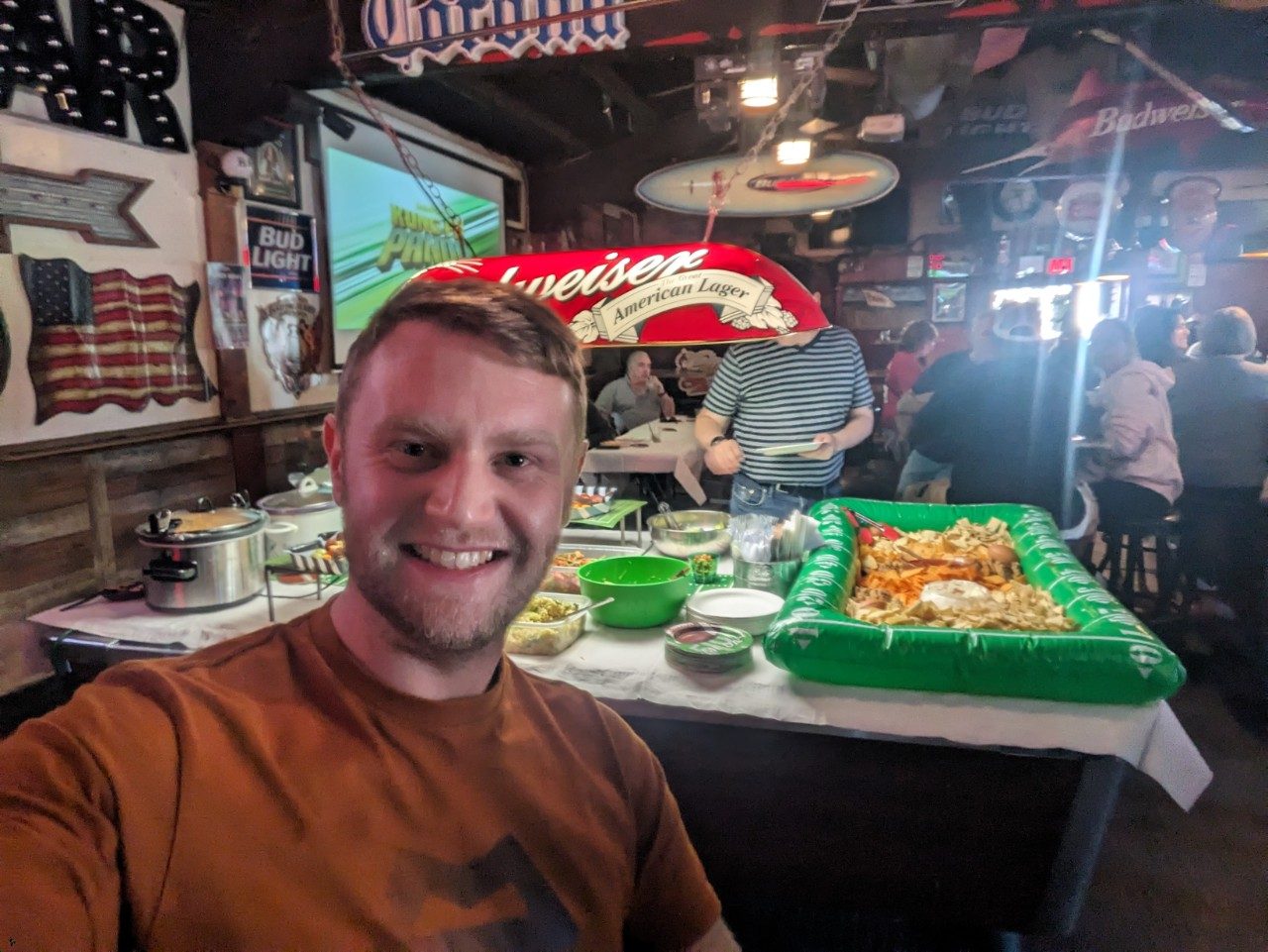
So the one thing as Brits we tend to prepare best (or try to anyway!) for is the weather – so when I packed, I made sure I researched typical weather patterns over the last few years, did the maths, worked out the probability (slightly exaggerated, but I am an engineer, so you’d expect a little bit of analysis and precise measuring!) of what the weather will most likely be. Boy did I get it so wrong –
In the first week we arrived, Southern California was hit by very unseasonal weather, and the site we were setting up our SkyKeeper system at Camp Pendleton, called the Tomato Patch (which I now see why!), became all muddy, and squelchy. Many vehicles were stuck in the mud (including ours!) and needed help getting out.
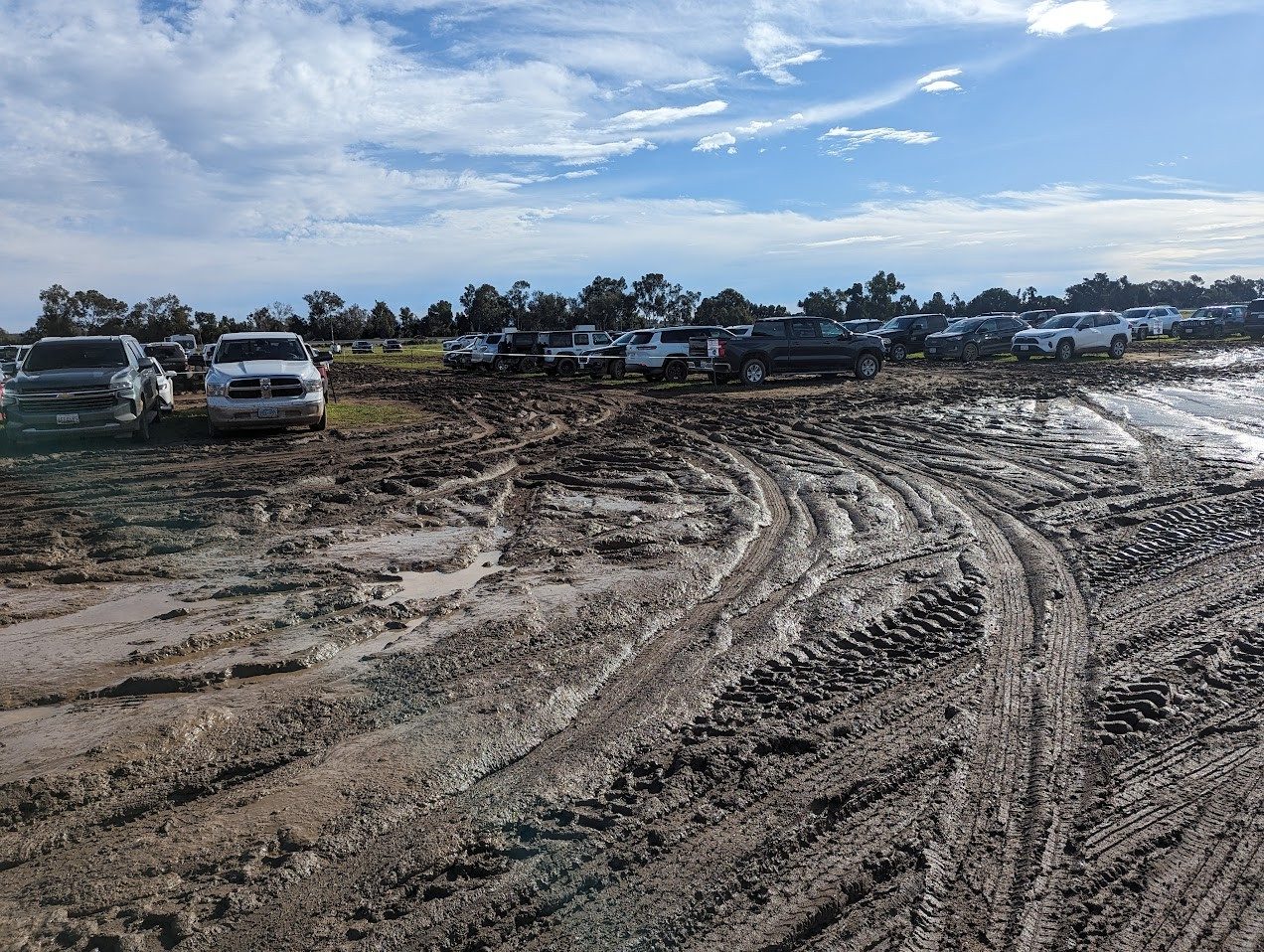
Once we were freed from the clutches of the muddy terrain, we made our way to base, and met with the British Army team (7 Air Defence Group (7ADG) – 3rd Division of the Royal Regiment of Artillery) whom we were supporting. The next few days were focused on setting up the equipment, integrating and connecting systems to sensors, radar, wireless connectivity etc. This was the first time LEAPP in a Box (otherwise known as SkyKeeper Flex) has been demonstrated and trialled in an operational type environment – it was both exciting and somewhat nerve-wracking. Because, no matter how many times you’ve rehearsed the set-up back at base, there is always a chance that something unforeseen could happen. And that’s exactly why Dan and I had been deployed, at the request of the British Army, to be that engineering and software support on the ground, to ensure we were on-hand to deal with any unforeseen issues, and ensure the experimentation is a success.
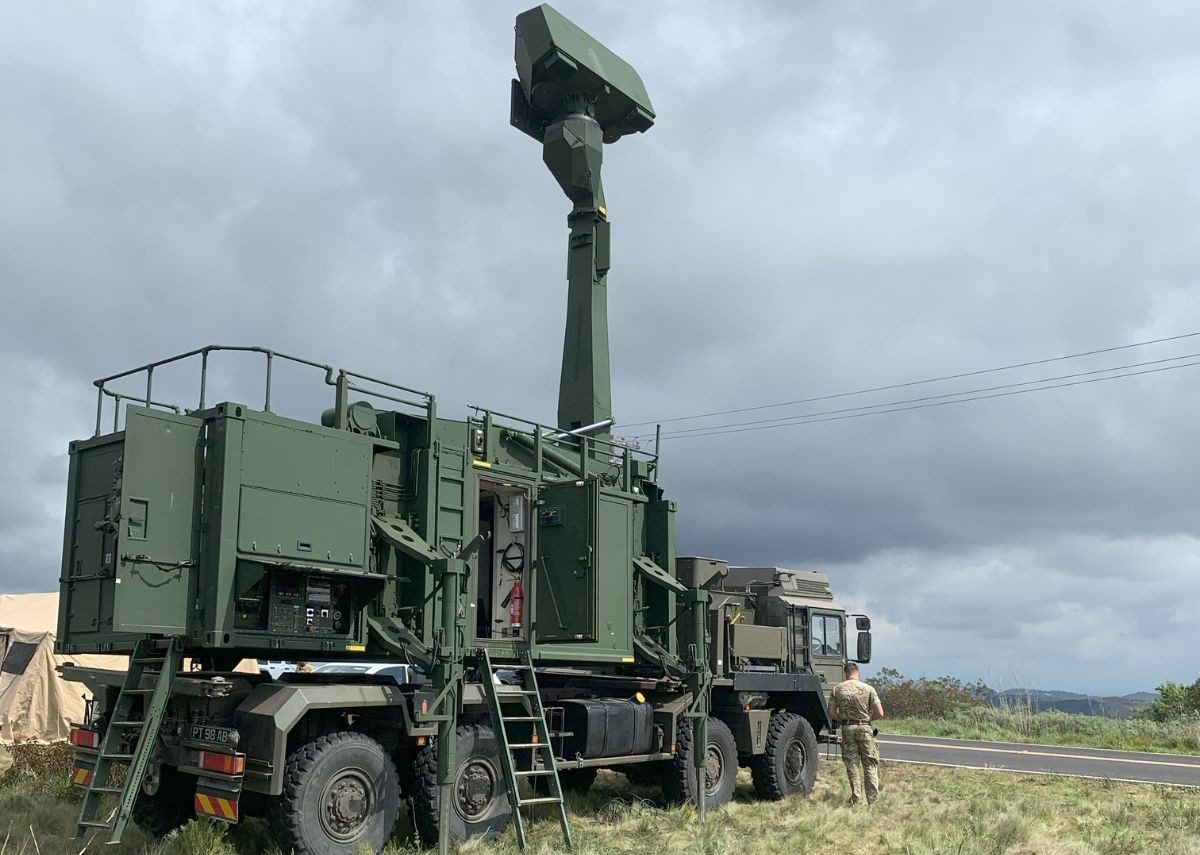
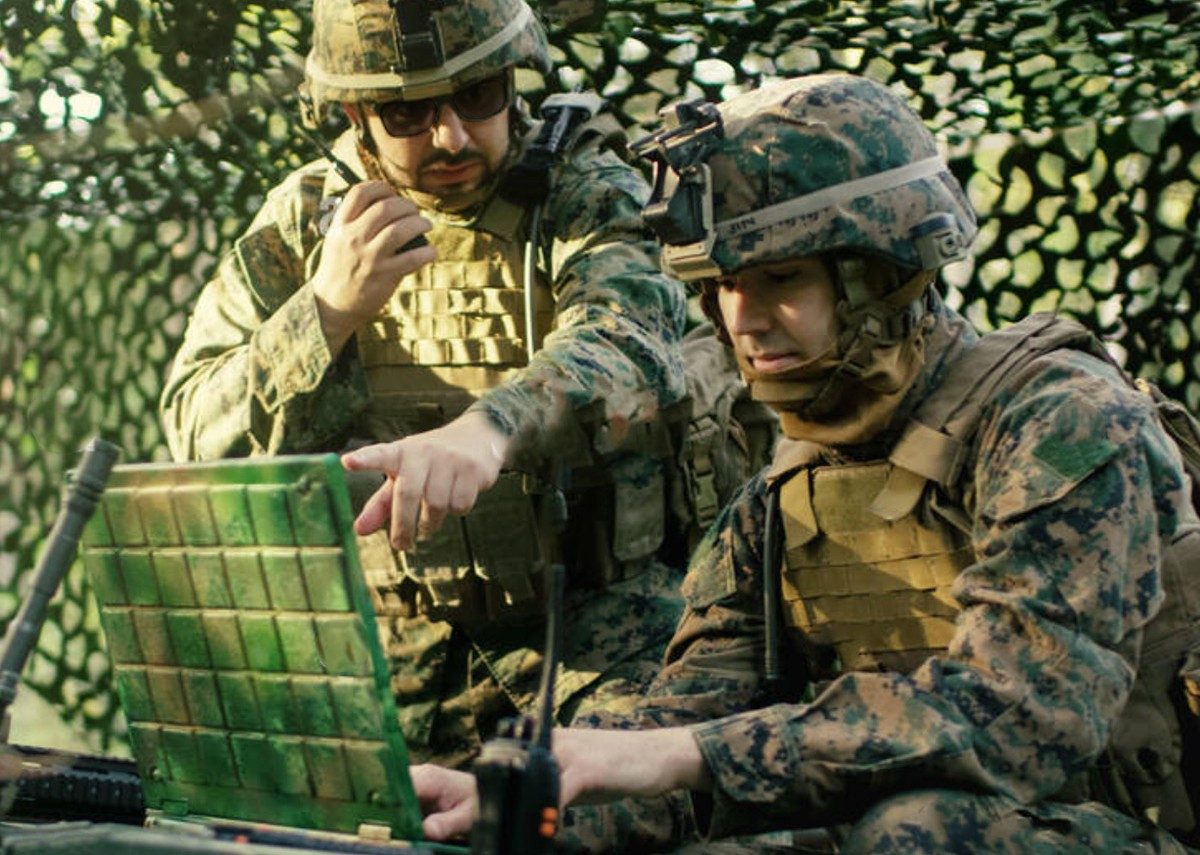
Week Two
Over the next few days, there were several rehearsals in preparation for the actual exercise event. Once we had worked through the rehearsals and fine-tuned the set-up of the equipment, we were into the second weekend. Obviously, more exploration was on the cards to make the most of the time we had. This time we joined some of the 7ADG team for a drive out into Palm Springs.
This was quite an experience - we saw the Thousand Palms Oasis Preserve and the San Andreas Fault Line which is the sliding boundary between the Pacific Plate and the North American Plate. It slices California in two; from Cape Mendocino to the United States-Mexico border. This also meant that we had the chance to see a Lockheed F-117A Nighthawk in the flesh! This iconic aircraft is displayed at the Palm Springs Air Museum (it was the world’s first operational stealth aircraft), which there are none of in the UK, so it was awesome to be able to see this in person.
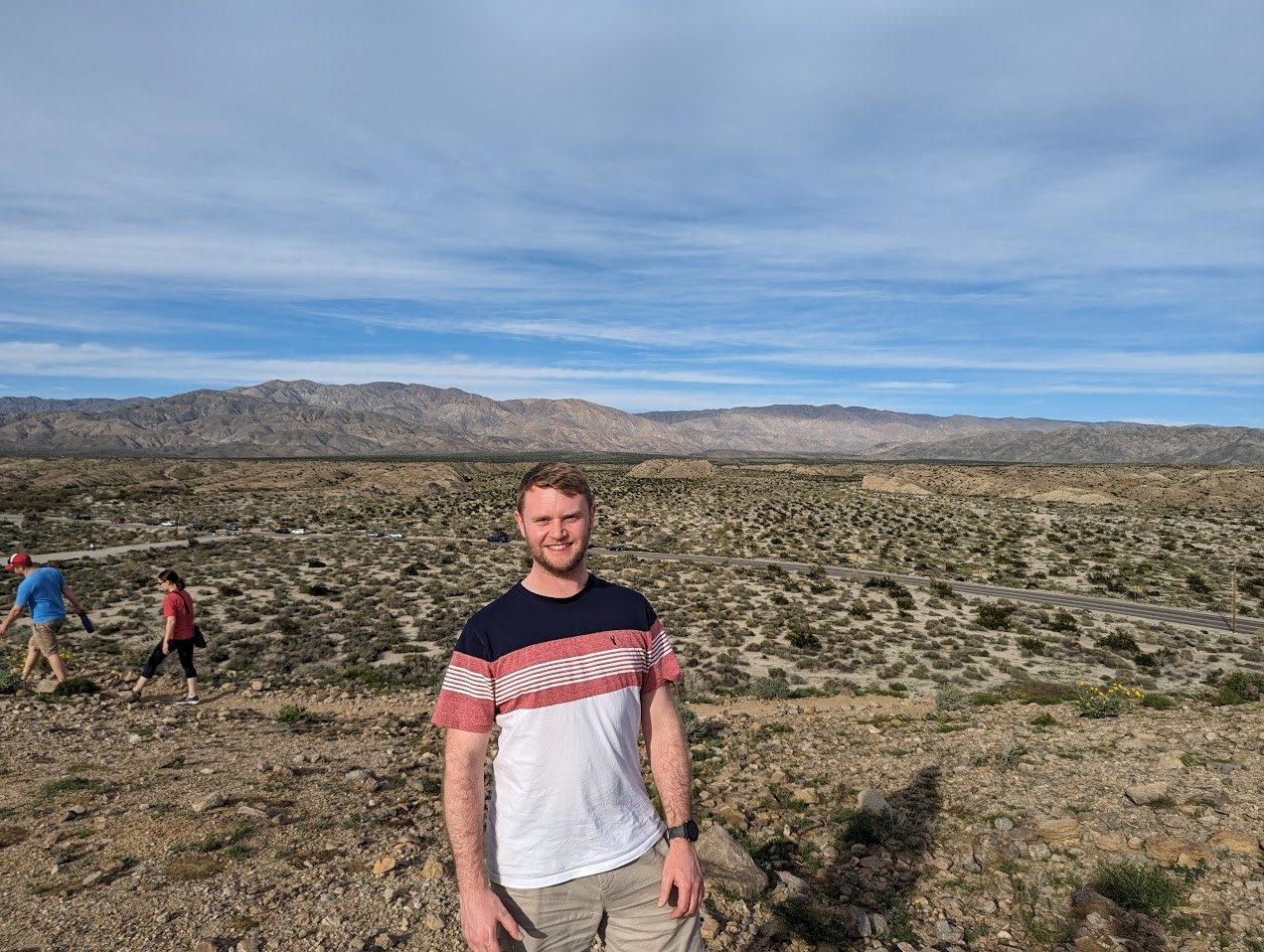
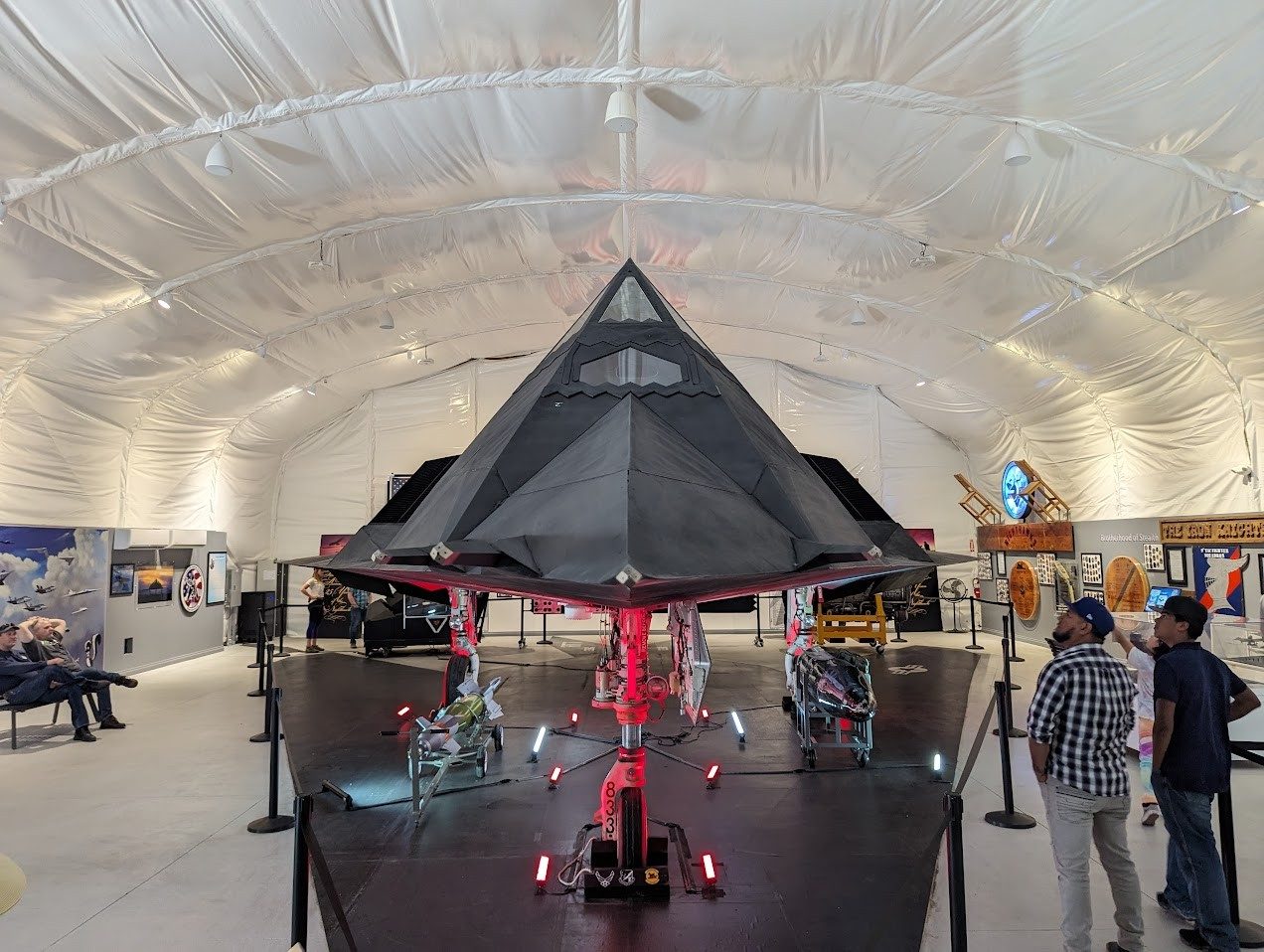
Weeks Three & Four
In between Camp Pendleton, rehearsals, and making sure our British Army / 7ADG customer group were well-supported through the exercise, and soaking up Californian life, I also needed to continue training for the London Marathon after starting a plan at the turn of the new year.
I thought I would find it difficult to make time to train whilst in the US with being in an unfamiliar environment and outside of my normal routine. Actually, it was quite the opposite and it was an absolute privilege to be able to run along the SoCal coast-line. My longest run was just over 11 miles down the coast… But I must admit, I hopped on a bus back to Carlsbad as I had “ran” out of energy!
Each weekend I completed (at least) a 10-mile run, with several shorter runs during the week in the evenings too. I absolutely loved being in California during my training, with the stunning west-coast sunset coastal routes and a route around Santa Monica Pier and Venice Beach in Los Angeles really did add character to the stats appearing on my Strava!
I’ve never been into running and always avoided any form of long distance when I did give it a go. However, since I started training for the London Marathon, I’ve discovered a newfound love for it, and I’m looking forward to continuing running post-marathon.
I had a clear objective that motivated me to sign up to the Marathon. I was wanting to raise awareness and funds for the Multiple Sclerosis (MS) Society, following my partner Jenni’s diagnosis of Relapsing-Remitting Multiple Sclerosis last year, which was discovered after she experienced pins and needles for weeks at a time – you can read more about Jenni’s story here and follow my journey through training.
The MS Society has been a huge source of information and comfort to both Jenni and I throughout the diagnosis process, and in understanding MS. One of the ways I wanted to give back to the charity was by raising awareness and money, so that they can continue to do their incredible work supporting people affected by MS.
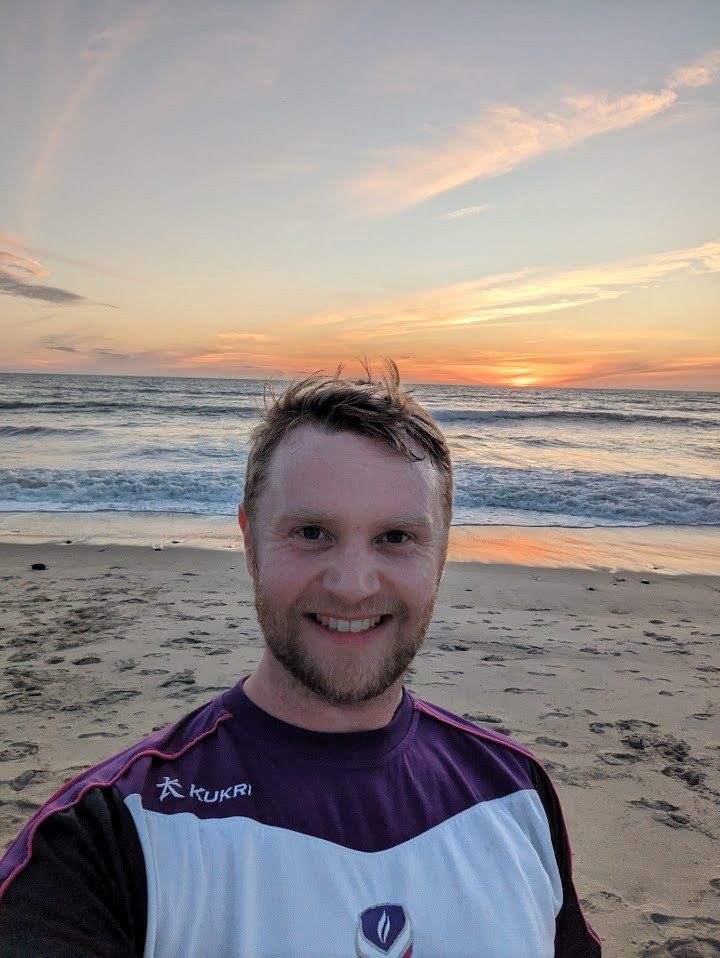
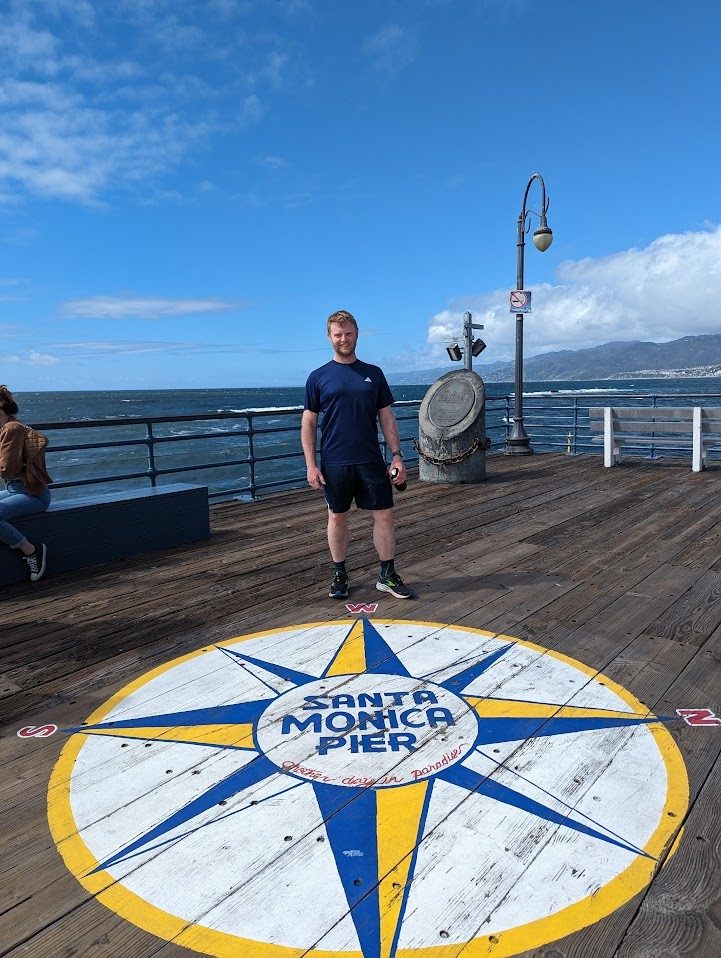
So back to work… Week three presented the formal PCC4 exercise serials—allowing us to demonstrate the LEAPP system with SkyKeeper at an international event, which had representations from several allied nations, including military personnel from the U.S., UK, Australia, Canada, France, and Japan.
Dan and I were able to meet some very senior Army officials. We talked them through SkyKeeper, and how this Command and Control system (in various forms) can be integrated into fixed locations (SkyKeeper Command), for enduring requirements; mobile platforms to provide situational awareness to operators in a moving vehicle (SkyKeeper Manoeuvre); it can also be housed in highly flexible and transportable rugged cases (SkyKeeper Flex) to operate from a deployed HQ; or in a more dynamic and tactical situation, it can be utilised as a situational awareness capability for the dismounted soldier in the mobile device format such a tablet (SkyKeeper Edge).
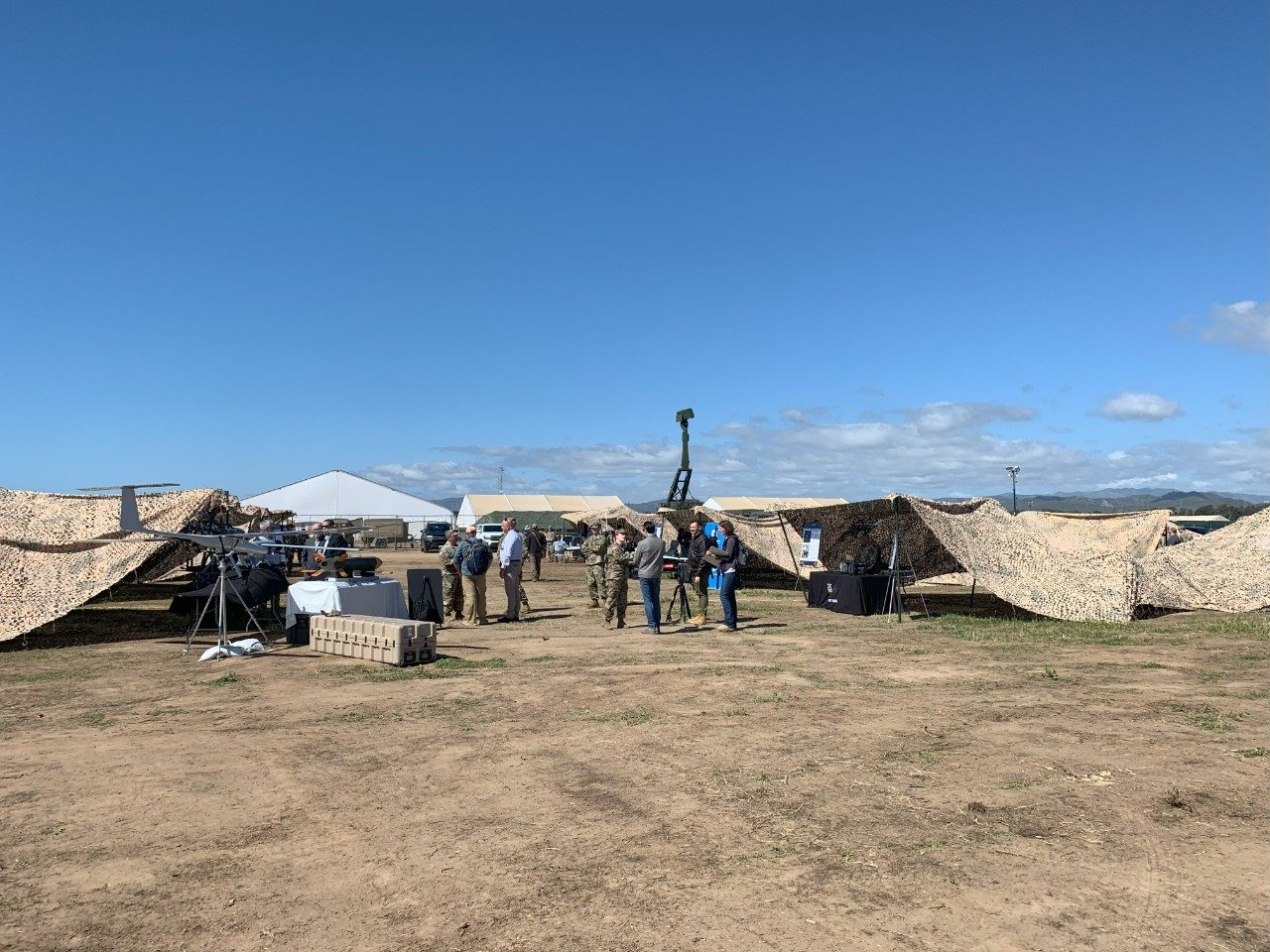
Although I expected nothing less of our system, it was great to see it operating flawlessly, (given that SkyKeeper Flex, which is the form factors family that was deployed, is an experimentation system) in a robust and precise manner throughout the entire trials and experimentation activity schedule.
Recap: Making the most of it
Spending a month in California doesn’t come often – it really was a once in a lifetime opportunity, and one that I was determined to make the most of.
One of my biggest objectives (out of work time) was to continue training for the London Marathon whilst in California, so that I can continue to raise money and awareness for the MS Society. As I’d continued to share my training updates, routes, and progress through social media, I’ve managed to raise over £2,500 so far. Now that I’m back home in Bedford, running up and down the Great River Ouse doesn’t quite feel the same anymore – I have been truly spoilt by the SoCal coastline!
Overall, the entire experience was brilliant. Both in terms of what we achieved at Project Convergence, and being able to spend a month in California. This is a real testament to the opportunities that a career in engineering can bring to you, and how Lockheed Martin as an employer strives to provide opportunities to its employees outside of their day job—helping individuals learn, grow, and flourish.
I’m extremely grateful to have had the opportunity to represent Lockheed Martin at this significant event, and to have supported our British Army customer.
Just before I check-out, I thought I would share one last ‘takeaway.’ When I returned home, one of my colleagues asked me, what is one thing I wanted to bring back home with me from California the coastline aside, this was an easy one for me – the ‘Cali Burrito!’ It actually originated in San Diego, and typically consists of carne asada, sour cream, guac, cheese, pico de gallo, and french fries, ALL wrapped up in a large tortilla! Don’t ask how many runs I’d need to do to burn off one of those. But one thing’s for sure, they’ll definitely be a part of my meal plan for the foreseeable…
A few extra photos from our down time…
